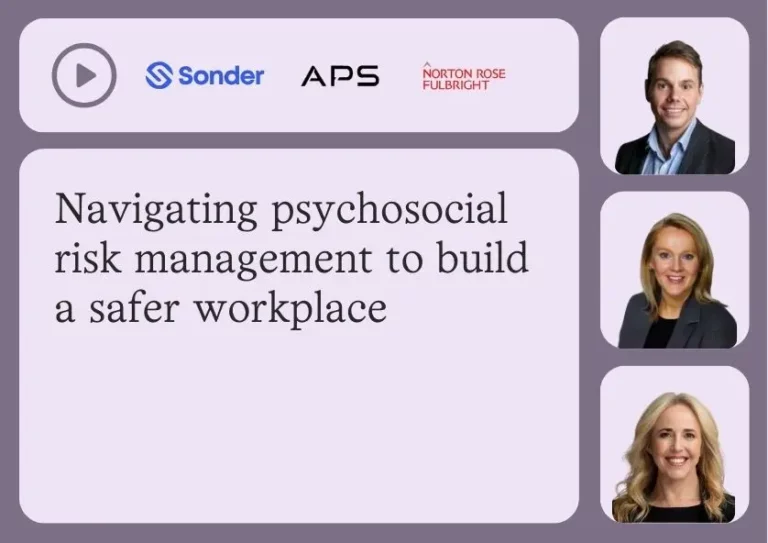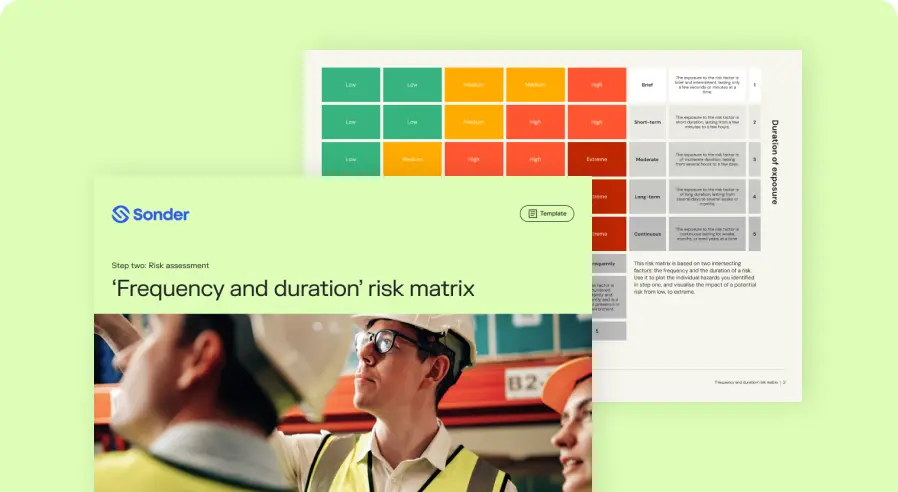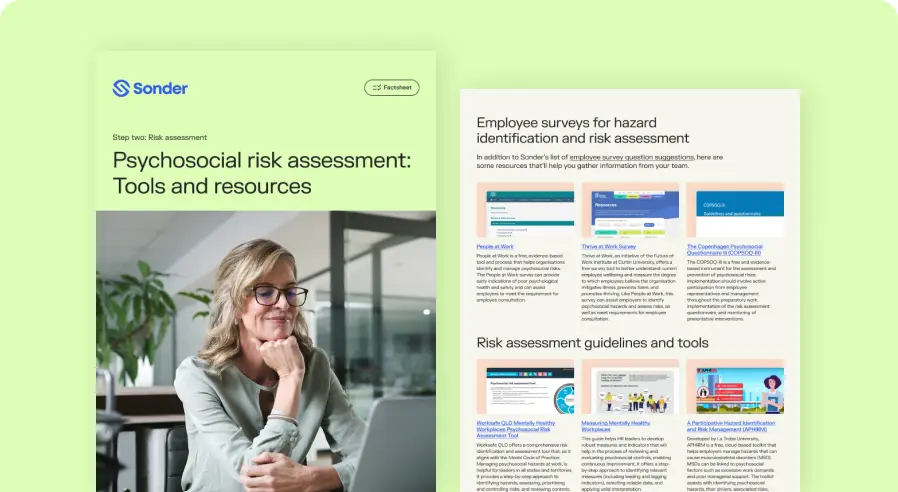

Try our risk management tools and templates
Implementing proactive risk controls
With recent changes in legislation, it is no longer acceptable to be simply reacting to workplace incidents and identified hazards.
Wherever possible, you should eliminate the risk. If this is not possible, focus on implementing proactive control measures that’ll help you get ahead of psychosocial risks.


Tailoring risk controls to your industry
While you’ll find some handy examples below, tailoring your risk control strategies to your specific industry, and needs of employees, will give you the best chance to improve control effectiveness – and demonstrate the businesses commitment to employee wellbeing.
Try out our free tool below to help you estimate how effective your control measures might be.
“It is very important that an organisation understands the effectiveness of their controls because, from a legal point of view, it is part of demonstrating satisfaction of their duties and it is required by regulators.”

Health and Safety Specialist and Partner at Norton Rose Fulbright







